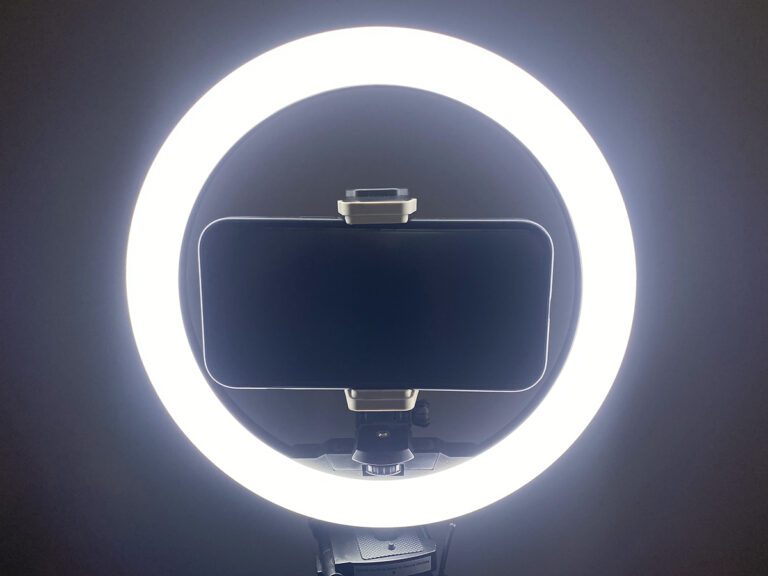Have you ever attended an art education conference and thought, “I could do that—I wonder if I should present next year?” We work hard in our classrooms day in and day out. As a result, we have discovered valuable ideas through trial and error, networking, feedback, reading, professional development, and more. The community of art educators benefits from hearing a range of voices. This is especially important when we are the only art teacher in our school. We can feel isolated on an “island” when we are not exposed to a wider range of voices. On the flip side, we can be the ones to expose other art teachers to another perspective.
Or maybe you have thought to yourself, “I could never present—I don’t think I have enough experience or expertise to offer.” Don’t let imposter syndrome hold you back from applying to be a presenter. Imposter syndrome is doubting your abilities and feeling like a fraud. In other words, many of us worry that the audience knows more about the topic than we know. Art education spans so much content and connects to so many disciplines; no one is ever truly an “expert.” Even if other teachers have more knowledge than you or have been teaching longer than you, you bring a unique set of experiences, students, and enthusiasm to the mix others can still learn from.
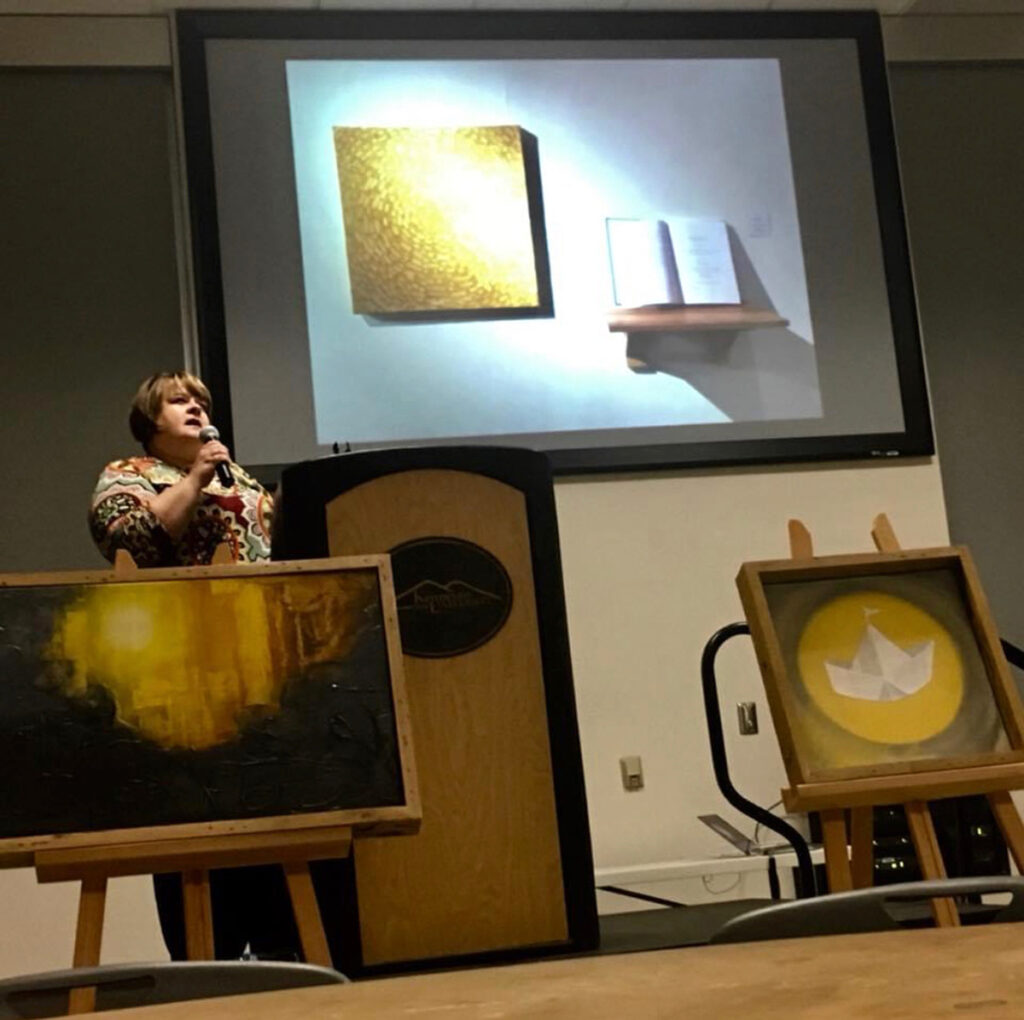
As art educator Kerry Freedman asserts in her 2005 article, Expanding the Research Community of Art Education, “… connections help us to create meaning in our work as individuals and as a social group, sustaining our efforts to support art education, and in the end, helping the students who we influence in direct and indirect ways.” Presenting our work also helps our students! It keeps us sharp and fresh in our professional practice, which positively benefits students.
We already established who should present —you! And why—because you have valuable contributions. Next, we will dive into the what, where, how, and when of presenting.

What do I present?
Choose a topic you consider a “passion project.” Passion projects are topics you can talk about off the top of your head. For example, maybe you introduced centers into your art classroom last year and saw wild success with the centers designed around social-emotional learning. Talking about this experience would come naturally as you share your success and your students’ enthusiasm!
Or, maybe you have been digging into a topic for an extended period of time in a capstone project, thesis, dissertation, or curriculum writing. Chunk the information into smaller subtopics to get numerous presentations out of one body of research. The presentations will have a range of approaches others can connect to through their shared experiences.
A valuable way to chunk a larger project is into these three parts:
- The impetus for the project.
Looking at the SEL centers example, why did you see a need for centers in your classroom? Why were the centers specifically SEL-based? - The experiences during the process.
How did the students respond to the centers? To the SEL-based activities? What was it like to facilitate the centers? - The contents of the project.
What did the centers logistically look like? How much time did students spend at each center? When, during the lesson, were centers used? What activities did you put in each center? How many students participated in one center at a time?
The topic of your passion project is important, but the process of investigating the topic and presenting it are equally important. For example, rather than presenting the content of my writing, I presented a series of artwork entitled 101 Ways to Recycle a Dissertation as a lens to connect to a new audience. Although this is a presentation of a body of artwork, the audience was comprised of graduate students and faculty instead of visual artists. Through my artwork, I was able to illustrate and demystify the experience of the dissertation process while fostering community.
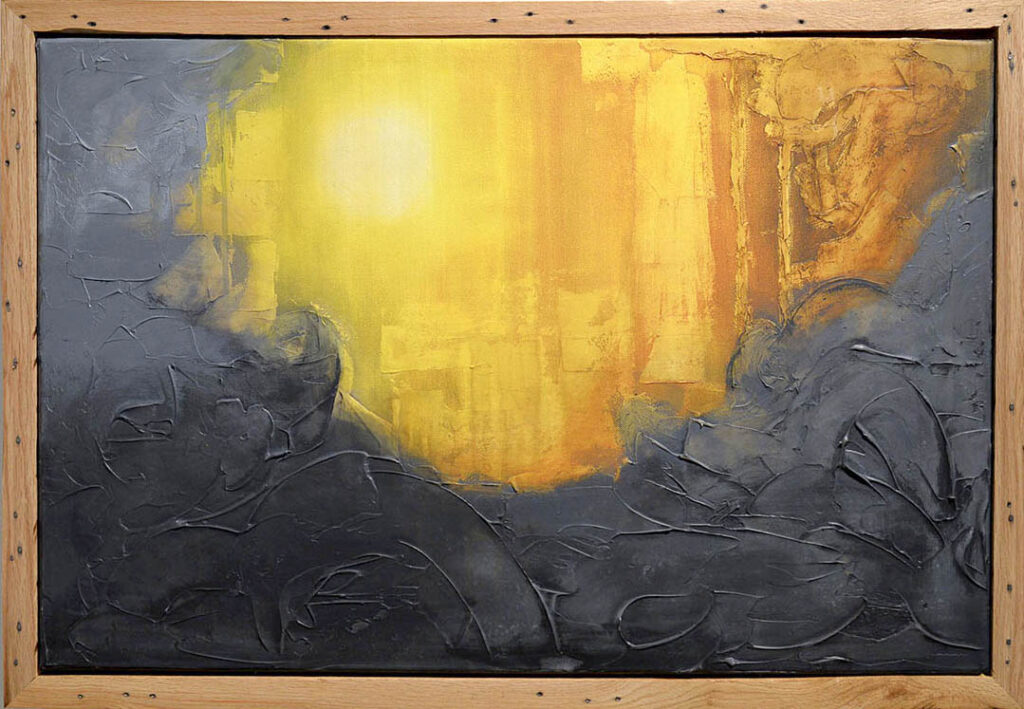
If you are still at a loss for what to share, these common themes may get your brain moving:
- Advocacy
- Diversity, inclusion, and accessibility
- Social theory and social justice
- Standards and assessment
- Ecology and the environment
- Community arts and lifelong learning
- Emerging trends
- Technology
- Tools and techniques
Where do I present?
Once you know what you are going to talk about, consider what audiences would be most appreciate and benefit from what you have to share.
Take advantage of a local opportunity to present, such as:
- Speaking in front of a school board
- Teaching a school/district professional development workshop
- Presenting to a community arts organization
Presenting to a local audience is an excellent opportunity to hone your skills and find your voice. As you build your confidence as a presenter, your state art education association conference is a solid next step. Beyond state-level conferences are national and international conferences. These days there are often options to present in-person or virtually.
To help identify conferences that might appeal to you, locate a resume or curriculum vitae of an educator you admire. Look for a section listing presentations for conferences and locations.
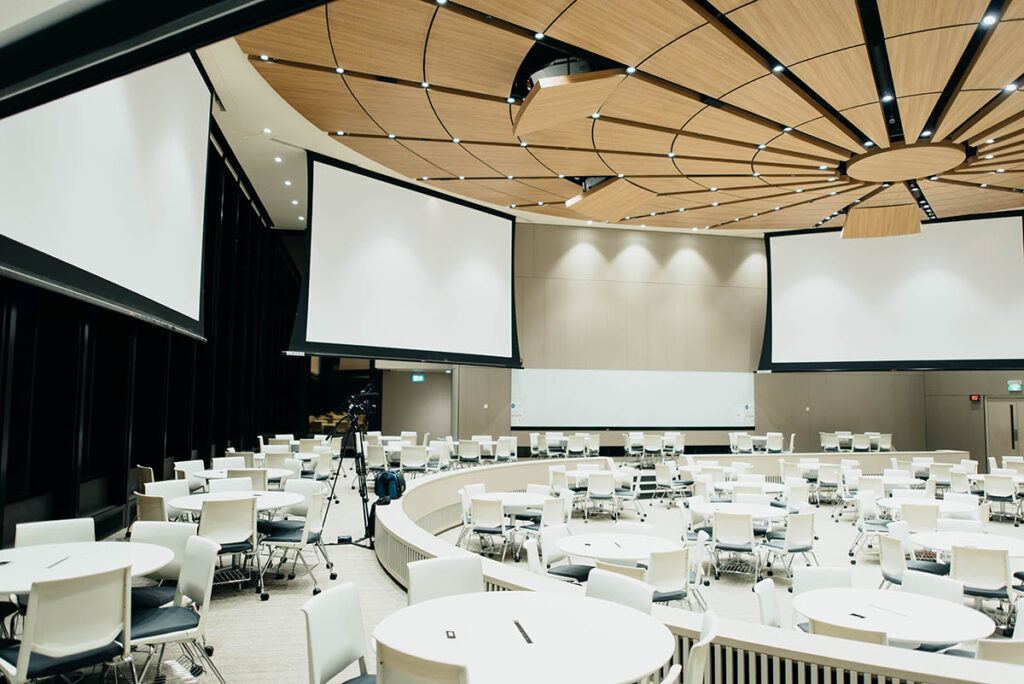
Try a “next level” conference such as:
- National Art Education Association (NAEA) Convention
- Art of Education University’s NOW Conference
- National Education Association (NEA) Conference
- Popular Culture Association (PCA) Conference
- Global Education Conference (GEC; virtual only)
- American Educational Research Association (AERA)
Once you have chosen a topic and a conference, access their conference proposals on their website.
Here is an example of a proposal process:
Each conference proposal will have variations, but the following elements are somewhat standard:
- Title
- Brief description
- Expected outcomes
- Content
- Topic
Some conferences will have options about the style of presentation you can give:
- Lecture
- Interactive
- Demonstration
- Hands-on workshop
- Round table
- Panel discussion
- 15-minute speed rounds
Both the round table and panel options are good starting points. These types of presentations tend to be more laid-back and conversational in nature.
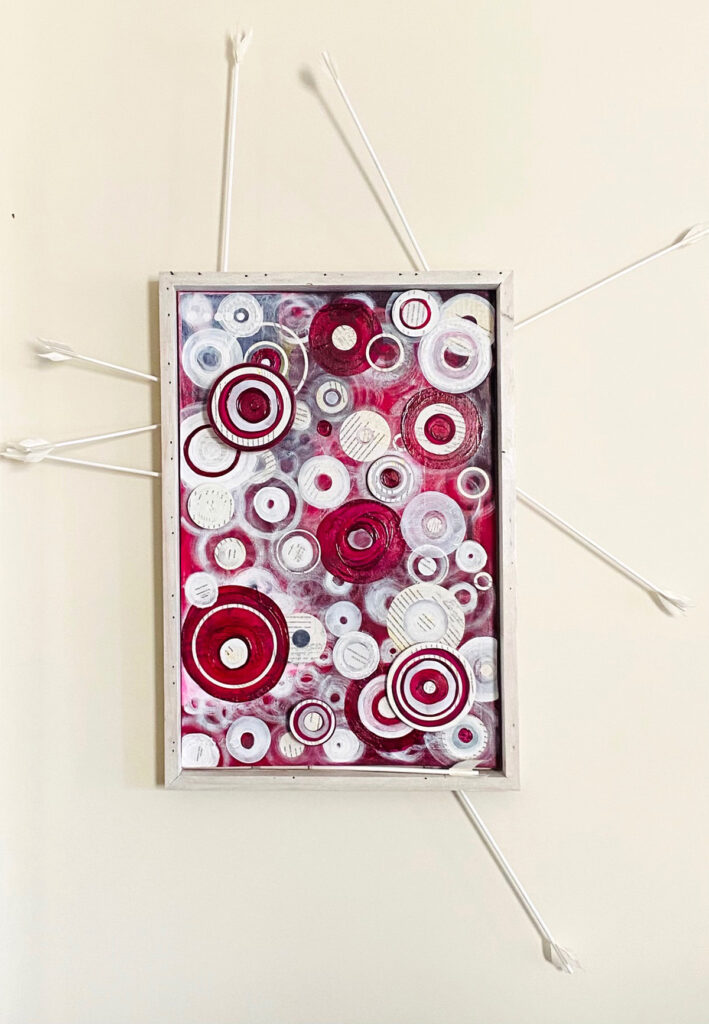
How do I present?
Now you are ready to start planning your presentation! As with lesson planning, the more you prepare ahead of time, the smoother the presentation will be on the big day. Another plus is that you will feel more confident in your area of expertise.
Below are five tips to keep in mind as you prepare.
1. Know your audience.
It is essential to know your audience. Take the time to research them if you can. For example, when I was a high school teacher, I presented to school boards concerning advocacy for the arts. I researched the school board members and read past board minutes to find out how they voted on pertinent issues. Because I researched this information, I was able to incorporate it into my presentation. Board members were often shocked into paying attention because I crafted my presentation to hit close to home.

2. Apply a lens.
Have you heard about the method of picturing your audience in their underwear? That can be a useful strategy for taking your mind off self-doubt. However, it usually isn’t all that helpful.
To confidently connect with your audience, repeat this statement instead:
For the purpose of this presentation, I am looking at this topic through the lens of…
Apply this statement often as you prepare and say it out loud when you present. This allows you to stay focused on your own unique way of thinking about the topic at hand.
3. Encourage discussion and debate on timely topics.
Just like we know our lesson is successful based on student engagement, successful presentations often encourage discussion and debate. These presentations are interactive and participatory. They encourage reflection and problem-solving. When creating a presentation, try not to think of the order as having a beginning, middle, and end. Focus on giving the audience a “lightbulb moment” they can take with them to apply in their classroom and practice immediately.
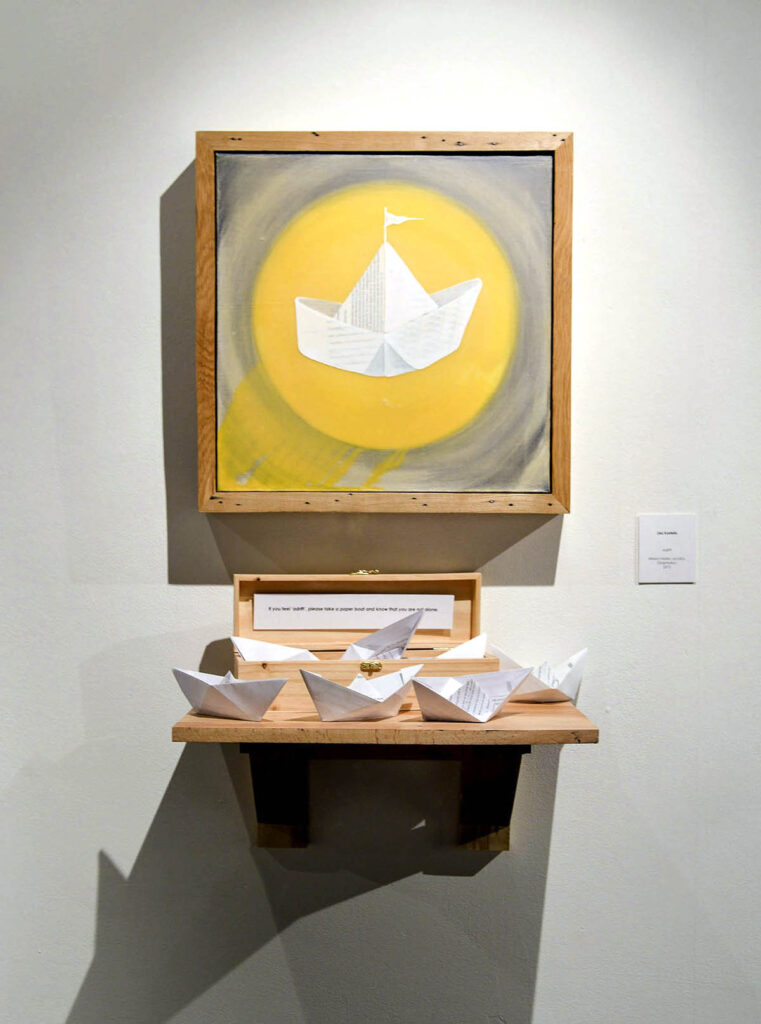
4. Use good design.
Creating a deck of slides involves many elements that come naturally to artists and art teachers. Include visuals as your primary resource and keywords in moderation. Keep the slides minimalistic. Use just enough information so you won’t lose your place and so the audience can follow along with you. Check the slides for wordiness, aesthetics, and diversify the slide deck. Include handouts for your audience to track your presentation with you or as a supplementary resource.
5. Leave time to engage.
If there are questions and comments, it usually means you connected with your audience in a meaningful way. Make sure to leave time for brief questions at the end of your presentation. If you are at a conference, try not to schedule anything directly after your presentation. If the conversation continues at the end of your session, invite people to join you out in the hall for additional questions. This is respectful of the next presenter. You might want to provide your contact information via a business card so that others can connect with you. Additionally, you can provide a way to network as a group, such as meeting up at a coffee shop or starting a group chat for those interested in continuing the conversation later. This is a valuable opportunity to make connections with like-minded people.

When do I present?
Start now! The best way to get going is to grab the opportunities within reach. We try to convince ourselves that one day we will have more time or experience, or resources to make this happen. We hold off. But guess what? Time, experience level, and resources will always be an issue if we let them. Try not to get in your own way. You are always going to have something to add to someone else’s toolbox. You have something to offer, and it’s time to get it out there and present it!
Where might you present locally?
What is a “passion project” you want to share?
What is holding you back from presenting?
Magazine articles and podcasts are opinions of professional education contributors and do not necessarily represent the position of the Art of Education University (AOEU) or its academic offerings. Contributors use terms in the way they are most often talked about in the scope of their educational experiences.





